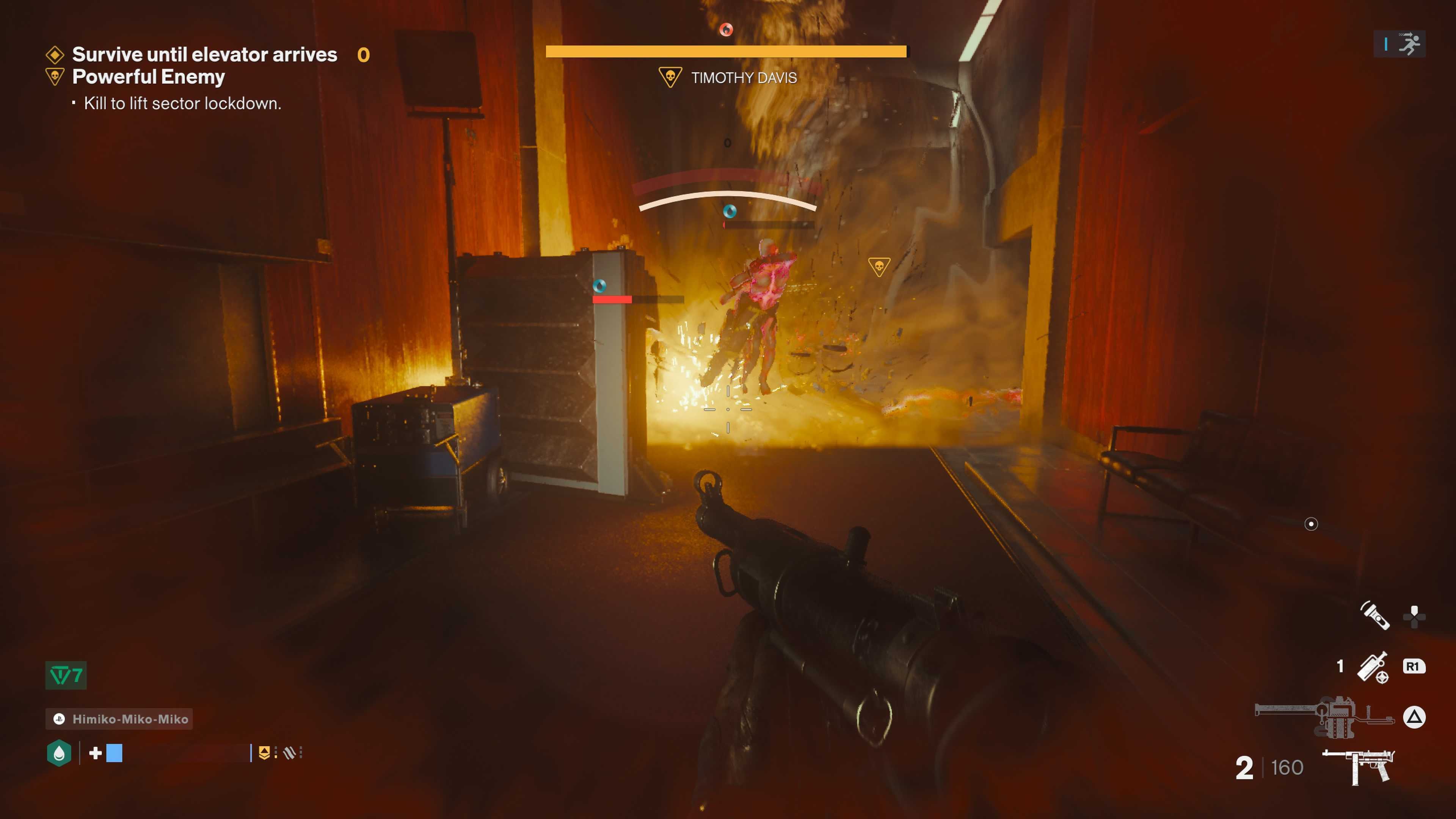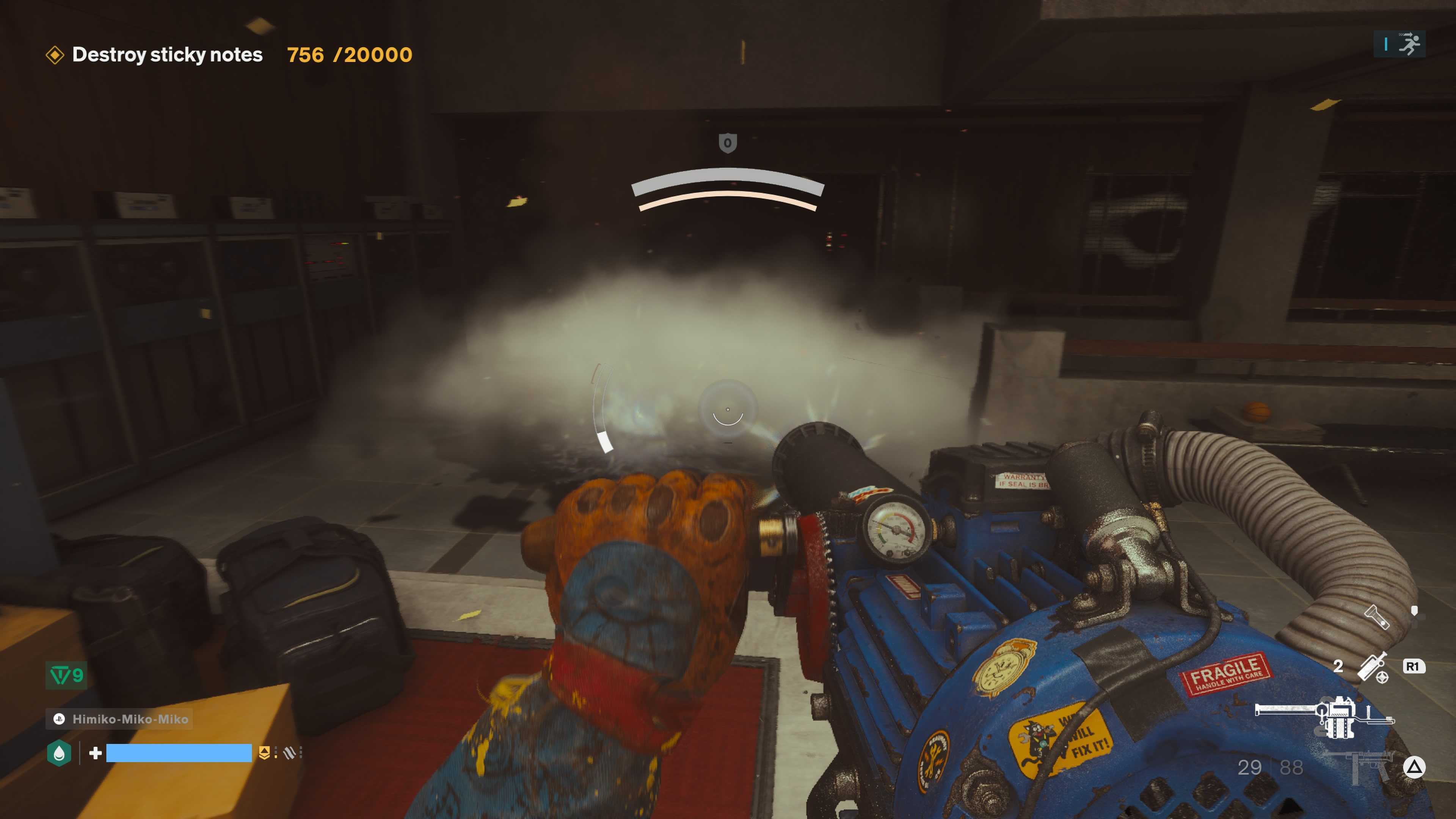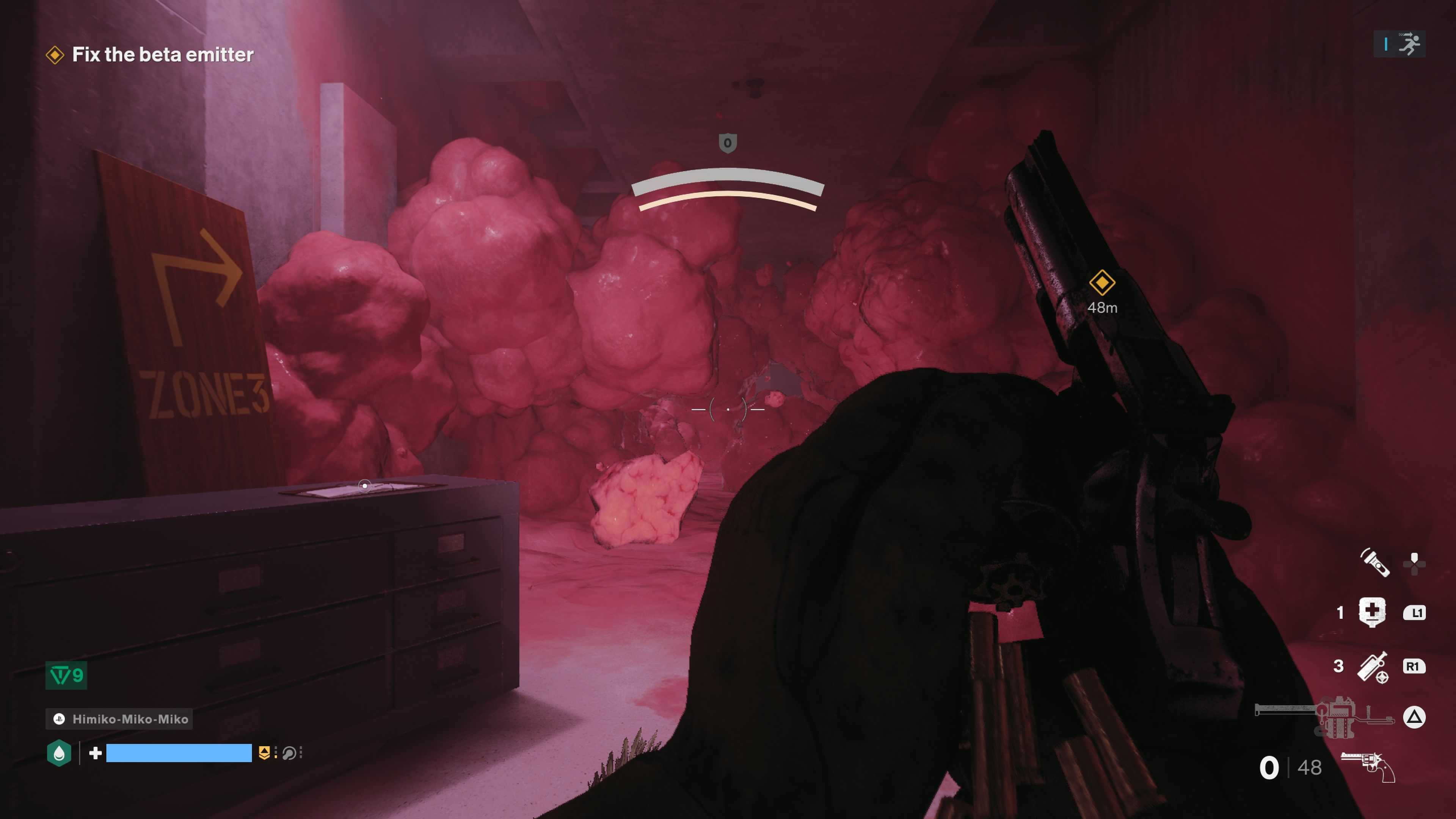Why you can trust TechRadar
We dedicate countless hours testing each product or service we review, ensuring that you make the best purchase. Discover more about our testing process.
Is FBC: Firebreak intended to reflect the tedium of work in late-stage capitalism? This might be the only plausible explanation for why a respected and skilled developer like Remedy Entertainment would produce a game that feels so dreadfully unenjoyable.
Review details
Platform reviewed: PS5
Available on: PS5, Xbox Series X and Series S, PC
Release date: June 17, 2025
A cooperative shooter set in the intriguing universe of the acclaimed Control, FBC: Firebreak seems to have been deliberately designed to be as irritating as possible. With its unnecessarily stretched gameplay, limited selection of levels, bland character roster, and poorly constructed player abilities, there’s very little to appreciate in this title.
While everything technically works fine and there are few bugs, this is hardly commendable when compared to the studio’s previous groundbreaking titles like Alan Wake 2.
Out of control

I started playing FBC: Firebreak optimistically, as its main concept is quite captivating.
You assume the role of a Firebreaker, special agents in the fictional Federal Bureau of Control (FBC) sent to explore abandoned areas of the bureau’s headquarters to capture rogue supernatural entities alongside up to two teammates.
I have always loved how the FBC is depicted in other Remedy titles and was eager to dive deeper into its intricacies and discover more of the Oldest House (the enigmatic, ever-changing skyscraper where the events of this game and Control unfold).
Regrettably, FBC: Firebreak lacks any substantial narrative content. You initially meet Hank, the Firebreak leader, and his assistant Jerry, who exchange brief banter while navigating through the main menus; however, this, alongside Hank’s occasional mission tips, comprises the entirety of the narrative.
To make matters worse, the dialogue isn’t particularly entertaining, and the comedic tone feels somewhat out of place. While Control maintained a casual vibe, FBC: Firebreak heavily leans into humor, often to its own disadvantage. It feels more like an attempt to mimic Borderlands than to build on what made the original content compelling.
It’s disappointing that the playable characters are all just generic, masked soldiers. You can select from a limited number of distinct character voices, but it’s hard to form a connection with protagonists who lack any memorable traits.
Even the game’s unlockable customization options don’t help them differentiate. Grinding for hours to unlock a red helmet that likely won’t be noticed in an online lobby doesn’t seem enticing at all.
It seems the developers were aware of this, making cosmetic unlocks often necessary to access new shop sections featuring more useful items.
Dead end job

This seems to be one of many choices made to artificially extend the game’s duration, which would otherwise be very brief.
There are only five missions, or “Jobs” as they are called, each divided into three phases. The initial two phases usually consist of straightforward tasks, often taking just five minutes to complete.
These phases feel like unnecessary fillers when compared to the third phase, which offers more significant objectives and occasionally features a major boss fight. The first two sections are unavoidable, as there would be little reason to go through them otherwise.
Although the missions have interesting concepts, they fail to express their most unique features in enjoyable ways. For instance, the “Paper Chase” mission presents a novel idea of offices overtaken by swarms of supernatural sticky notes.
Unfortunately, the mission quickly devolves into mindlessly shooting at surfaces covered in sticky notes while a counter tracks the remaining notes for about fifteen minutes.
Best aspect

The central area is your living quarters, containing rooms that can be richly customized using currency earned during gameplay. Setting up items to personalize your space is quite satisfying, and most items can be interacted with for unique animations.
Throughout every mission,
Waves of Hiss, humans under the influence of a sinister force, materialize around you. The unique enemies are limited, with the same few models recurring endlessly and lacking variation.
Even at the highest difficulty, the rhythm of these waves feels off, with frequent lulls where no enemies appear on screen.
I could overlook much of this if the weapons were enjoyable to use. Unfortunately, they aren’t. Aside from their bland looks and sounds, there’s a mere six to choose from.
Poor balancing results in one weapon, the bolt-action rifle, being so ineffective that you’d never include it in your loadout. The pump-action shotgun and revolver, however, stand out as the most powerful options, leaving little incentive to use anything else.
In Crisis

A significant focus of the game’s marketing has been on the Crisis Kits—three sets of abilities available during missions.
The Splash Kit includes a water cannon that can remove irritating environmental effects (of which there are many) or extinguish fires; the Jump Kit features an electrical device for swiftly charging generators; and the Fix Kit allows you to rapidly repair damaged items using a large wrench.
While you can complete these tasks without the kits, the interactions boil down to repetitive button-mashing that quickly grows tiresome. Each mission incorporates elements benefiting from specific kits, so the choice feels predetermined. With three players in each match, you essentially require one of each kit, as there are no significant advantages or disadvantages tied to them.
Each kit is upgradable up to three times, unlocking new secondary and special abilities, including a robust attack that adds some variety amidst the constant combat.
Yet, this highlights the game’s primary flaw: the first hour is truly dreadful.
For reasons unknown, you begin with ineffective gear that hampers your gameplay. For instance, the water cannon can only emit a few droplets at a time. Likewise, your weapons deal diminished damage. You must grind through several matches in this state to earn the currency needed to restore your gear, abilities, and boosts.
This design choice is baffling, making for a terrible first impression. It’s easy to envision players downloading the game, slogging through a couple of matches with their intentionally weakened equipment and then uninstalling it for something more enjoyable.
Sadly, this makes it hard to recommend FBC: Firebreak as it is now. If you could simply hop in and access everything from the start, it might offer a few hours of cooperative fun before monotony sets in.
As it stands, you’ll tire of the available content before you even get to explore its main features.
Should I Play FBC: Firebreak?

Play It If…
Don’t Play It If…
Accessibility
Unfortunately, FBC: Firebreak lacks a dedicated accessibility menu. However, console players can fully customize controls and toggle certain actions, like aiming down sights. Subtitles are available throughout the game.
How I Reviewed FBC: Firebreak
I spent nearly ten hours playing FBC: Firebreak on PS5 with a DualSense Wireless Controller using a copy provided by Remedy Entertainment.
I experienced every available mission at least once, experimenting with different weapons and all Crisis Kits. I played both solo and online with random players, as well as participated in matches with other reviewers.
As I played, I compared my experience to other similar online first-person shooters like Wolfenstein: Youngblood, Tom Clancy’s Rainbow Six Extraction, and Helldivers 2.
First reviewed June 2025


